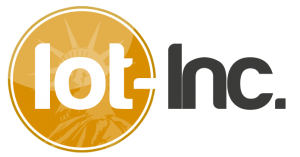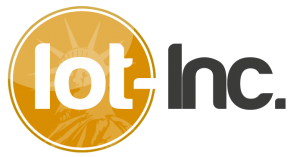06 Aug Creating the Best User Experience by Connecting People through IoT
This IoT Inc Business Meetup features Matias Rodriguez & Andres Angelani of Globant. Join to meet the Silicon Valley ecosystem in person or watch the stream ...
This IoT Inc Business Meetup features Matias Rodriguez & Andres Angelani of Globant. Join to meet the Silicon Valley ecosystem in person or watch the stream ...
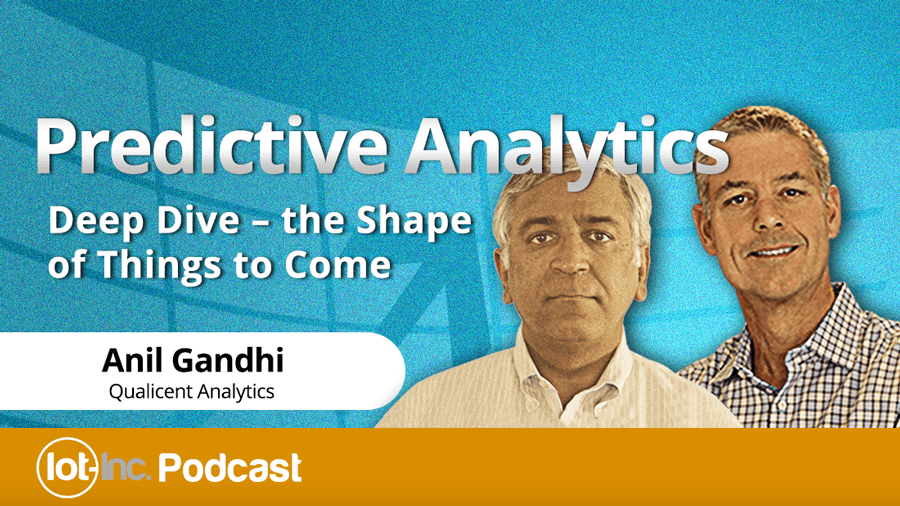
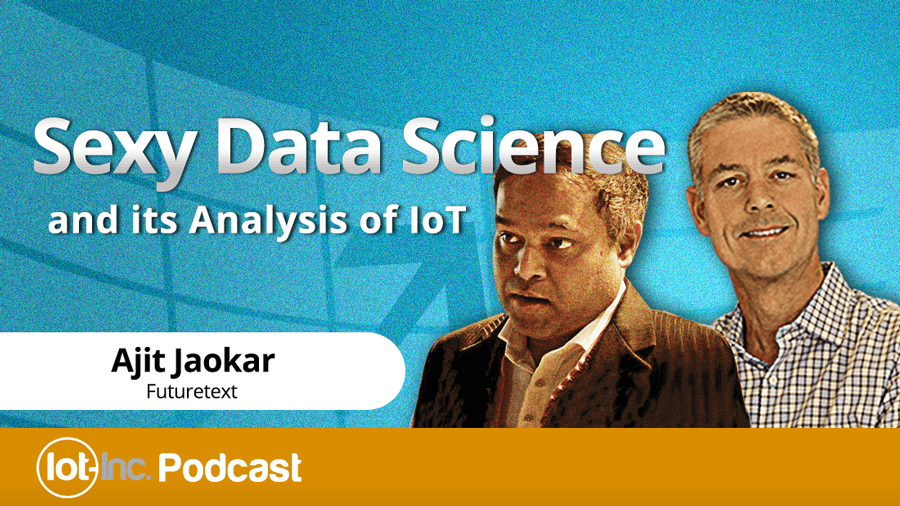
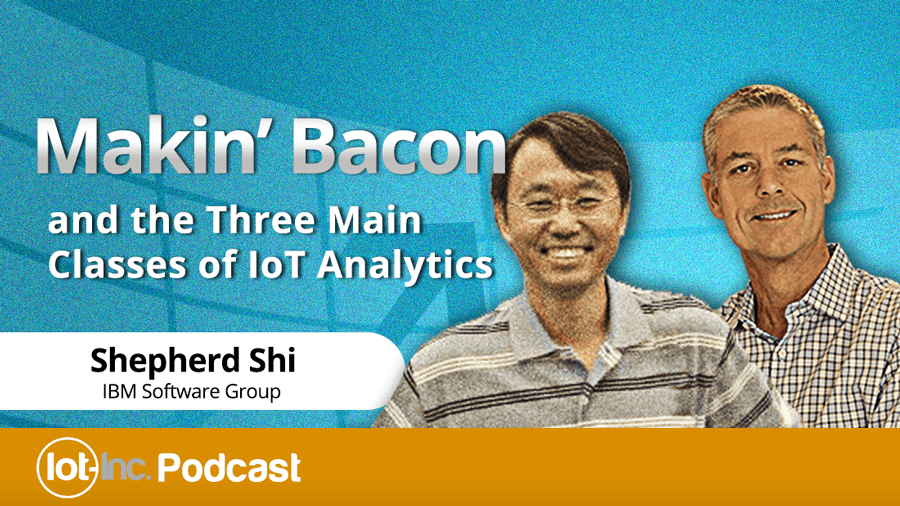
MCU architectures come in so many flavors that there will be a peripheral set to match any sensor you choose. Real decision making at the embedded chipset level is driven by the application. You choose hardware based on its capability to support software. The characteristics of your chipset’s memory, computing power and comms will come from answering a 101 questions, all answered by your IoT application’s requirements.
Watch this video (or read the transcript) to get expert advice from James Stansberry, his best practices and today’s trends in IoT embedded chipsets ...
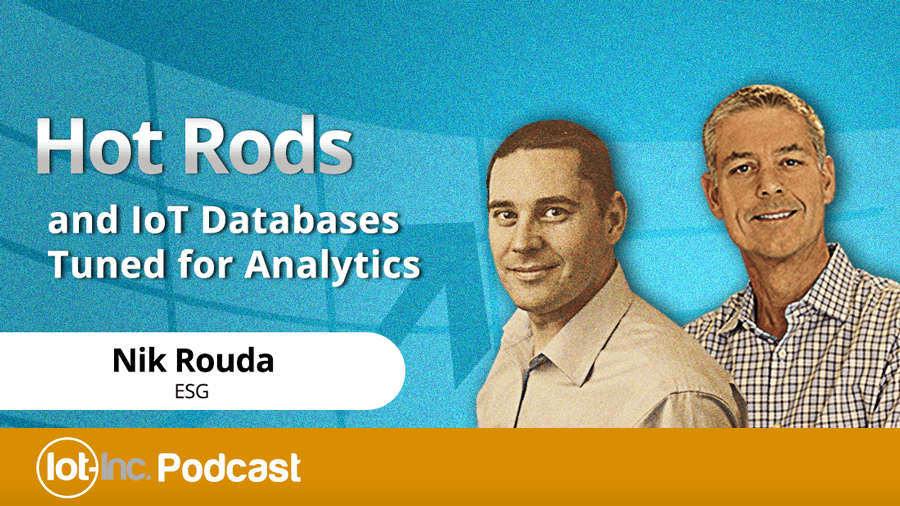
One of the value power sources for an IoT application is external data, that when piped in, can be used to augment its functionality. Of all sources of external data, weather is probably the most ubiquitous and useful. Like many data services, the API is built on a tiered billing system. Come in for free as a developer or hobbyist but once you get over 500 hits per day you start paying.
Watch this video (or read the transcript) to hear Brendan Hayes describe the Weather Company’s API and business model to access it...
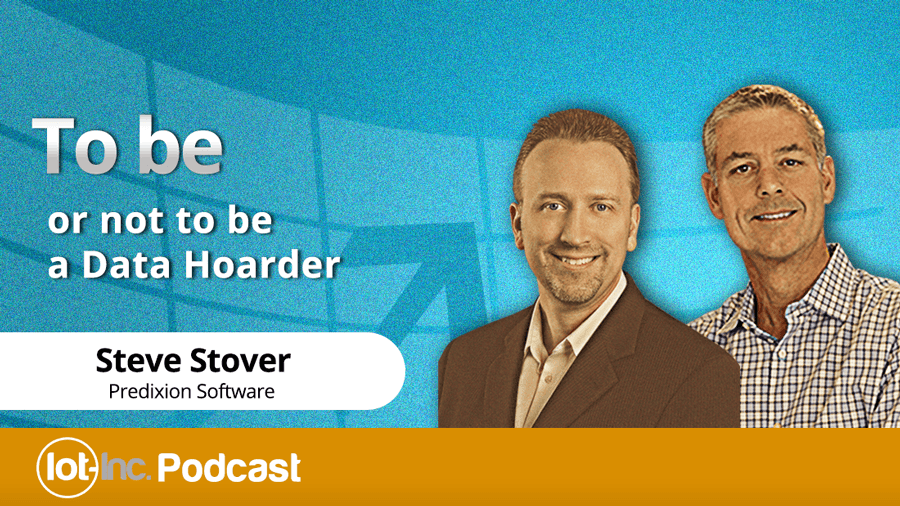
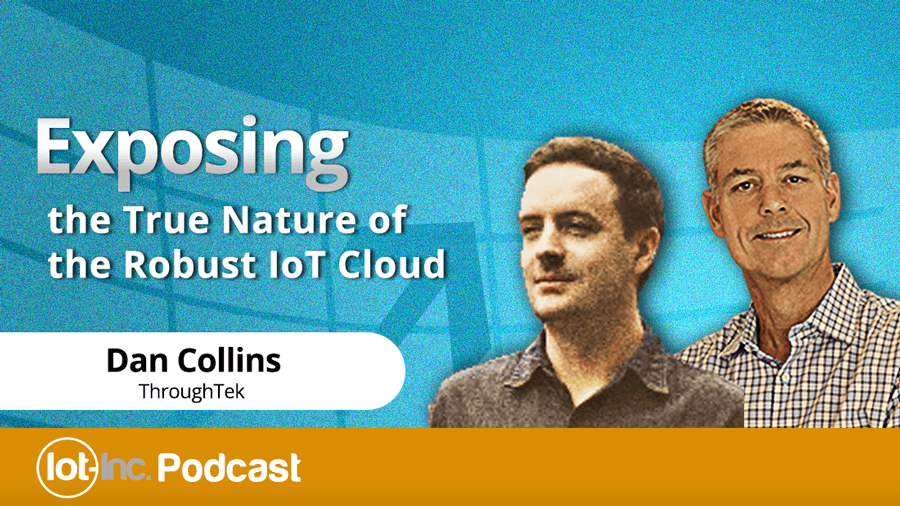
In addition to the technical considerations and price, compare the development support system in place for each manufacturer when shopping for your embedded wireless solution. How mature is the software development kit (SDK) and hardware platform? How broad is the ecosystem of development partners and is there an online forum or will you get 1:1 attention?
Watch this video (or read the transcript) to hear Brian Bedrosian explain best practices and trends in the embedded wireless market and the ecosystem needed to be successful ...
Join me and I'll send you the first chapter of my McGraw-Hill published book, IoT Inc., and IoT business newsletter. Complete the longer version of this form for free access to Bruce's Private Reserve of exclusive reports, buyer's guide, videos, presentations and PDF transcripts of every podcast and video I've produced.

Bruce Sinclair, Iot-Inc

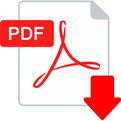
Chapter 1: IoT Technology Defined from a Value Perspective
to review the content faster and in greater detail


